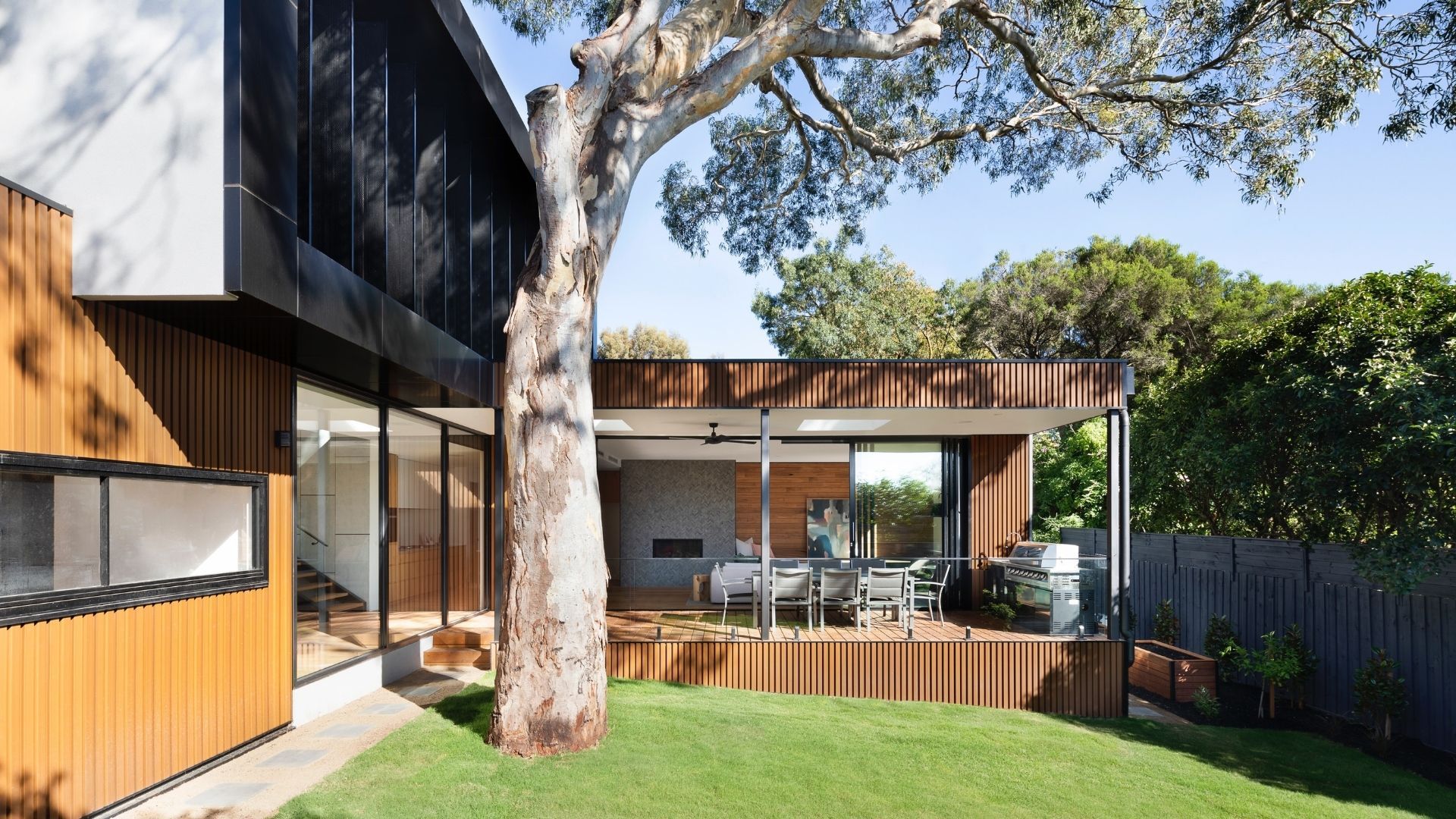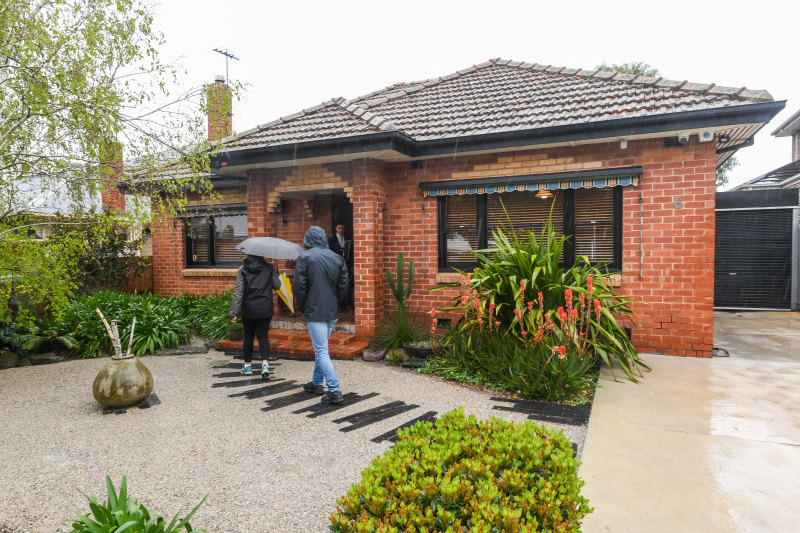Renovating vs selling: Which is the better financial decision?

When your current home no longer feels like it ‘fits’, it can be tough trying to choose whether to upgrade your current digs or swap them out for entirely new ones. But deciding whether to renovate or relocate is not only a big financial decision, it’s one that impacts your lifestyle and family.
To help you understand what would be a better financial decision for your situation, we spoke with Todd Sloan – award-winning real estate sales agent, professional renovator, host of property podcast ‘Pizza & Property‘ and author of Australia’s Home Buying Guide.
Here’s how you can get clear on whether renovating is a better choice than selling.
Arrange an appraisal
Your first port of call is always research and you’ll need to start by getting clear on the current value of your home. While you can work out an estimate from your own research online, it’s just as easy to ask a professional for an appraisal.
“If you can get in touch with an agent to get an appraisal, that’s great. I call them snapshot appraisals, where you look side-by-side at where you are now versus where you want to be.”
Get your hands on sales history
To look more deeply into comps, you’ll need to go through sold listings for your suburb.
“Generally the best thing you can do when deciding on whether to renovate is get your hands on some sales history reports of where your house is now – and where your house is potentially going to be taken to [after renovating],” explains Sloan.
“Use sales history reports that are exactly where you plan to take your house to size-wise and in terms of the general feel of the property, for example, whether you plan to do a cheap little kitchen or marble bench tops.”
Once you have a clear picture of the home improvements that are expected and do well for your suburb, it’s easier to work out if renovating is a viable choice.
Compare costs
Selling
Selling a home has some major price tags to pop in your pros and cons list, namely selling costs like marketing and agent’s commission, and notoriously expensive stamp duty.
“Take into account all of your transfer costs as they can be huge,” warns Sloan.
“When it comes to stamp duty, South Australia is the most expensive and Queensland is the cheapest. But there’s quite a range across the states. If you spend $1 million in Queensland, for example, your stamp duty, including all transfer fees, is going to be $34,000. If you’re spending that in South Australia, it jumps up to over $56,000.”
You’ll also need to factor in items like a conveyancer and moving costs. For a full run down of what it costs to sell a home, click here.
Renovating
For those leaning towards renovations, your pricing estimates will come down to the scale of your renovation.
“If you want to do something that’s considered a cosmetic reno, which is updating a tired home to look prettier, that may cost anywhere from a few thousand dollars to say, $50,000,” details Sloan.
“That’s upgrading bathrooms, kitchens, that type of thing. But if you’re looking at structural renovations, that’s when things can get really expensive.”
Structural work like additions will see your budget blow out to hundreds of thousands. But there are also issues impacting global supply chains that have caused materials to become much pricier than usual, and these considerations will need to be accounted for in a budget.
“I very strongly recommend getting a few different quotes because building materials last year became very expensive,” says Sloan.
“In the current climate with supply chain issues, almost no builders are doing fixed-price contracts now. Considering how much prices rose in 2020-21, all of a sudden a $300,000 charge can turn into a $350,000 charge. But it’s not because builders are being slippery, it’s so they don’t go bankrupt. I don’t think anyone expected prices to rise quite this sharply.”
Make sure you add a buffer to your renovation budget to cover any surprises.
Avoid overcapitalising
Once you’ve got a realistic budget for what it will cost you to renovate, it’s time for a little maths. You’ll be looking at your home value now versus projected home value post-reno, minus the renovation budget.
“Let’s say you’re sitting in a $1 million dollar home and you’re looking at spending $200,000, and an agent has already said that if you do that you’ll be sitting in a $1.4-5 million home,” explains Sloan. “You can potentially manufacture some equity with the renovation; this is good.”
“But then you do your numbers. If your [building and trade] quotes come in and you realise it’s going to cost half a million to do, renovating is not as attractive anymore. You can still do it, but you are going to be overcapitalising – that is, your asset is not going to be worth as much as the money that you put into it.”
Unless you’re willing to compromise on the scale of your renovation, overcapitalising on a build is a situation where it might be a better financial choice to sell.
“Even if you’re going to live there for the next 10 to 20 years and you think you don’t care if you overcapitalise – life can change. You might find yourself in a situation where you get sick or you lose your job and you have to sell,” explains Sloan.
“And if you’ve overcapitalised by a few hundred thousand dollars, you’ve made a bad situation even worse.”
Consider where you want to be and look at market conditions
More often than not, if you want to stay in your current suburb or move to a neighbouring suburb of similar profile, renovating will be the better financial choice as you can manufacture additional equity.
If you plan to buy a larger property and stay in your same area, selling to upsize could mean being priced out of your desired postcode.
“Take into consideration a booming market,” says Sloan. “Sometimes it’s a false economy – let’s say your house was worth $800,000 two years ago and all of a sudden it’s worth $1.2 million. If you sell and buy down the road, you haven’t really made $400,000 because down the road has gone up in value at a comparative rate.”
The home owners who have made a lot of money in the last year are those who sold and then moved to an area that hasn’t risen at the same rate.
Bonus tip: Don’t waste money on bespoke designs that are expensive to change
Design-wise, those renovating to live in their home for a while would financially benefit from making upgrades with long-term scope, striking a balance between personal taste and design choices that will retain re-sale value.
“If you’re renovating purely for profit, then your taste is irrelevant. But if you’re doing it for yourself and you’re unsure of what’s going to happen in the next few years – because none of us really know, we certainly couldn’t have predicted the last two years – then you want to balance personal taste with what sells,” says Sloan.
“If you really love red kitchens, you can do it if you want, but it is going to work against you if you need to sell. You could even end up losing a buyer. If you want to make a statement, do it with fittings and paint – things that can easily and affordably be changed – as it makes much more sense if you need to neutralise these things for sale.”
We recommend
States
Capital Cities
Capital Cities - Rentals
Popular Areas
Allhomes
More
/http%3A%2F%2Fprod.static9.net.au%2Ffs%2F6b53b214-2878-46be-90d1-608dbbfd1835)
/http%3A%2F%2Fprod.static9.net.au%2Ffs%2F056e9cb0-4486-4550-90a4-6a396bd749f1)
/http%3A%2F%2Fprod.static9.net.au%2Ffs%2F164e9524-9d1f-434f-a7d6-b8f3f101dee2)







